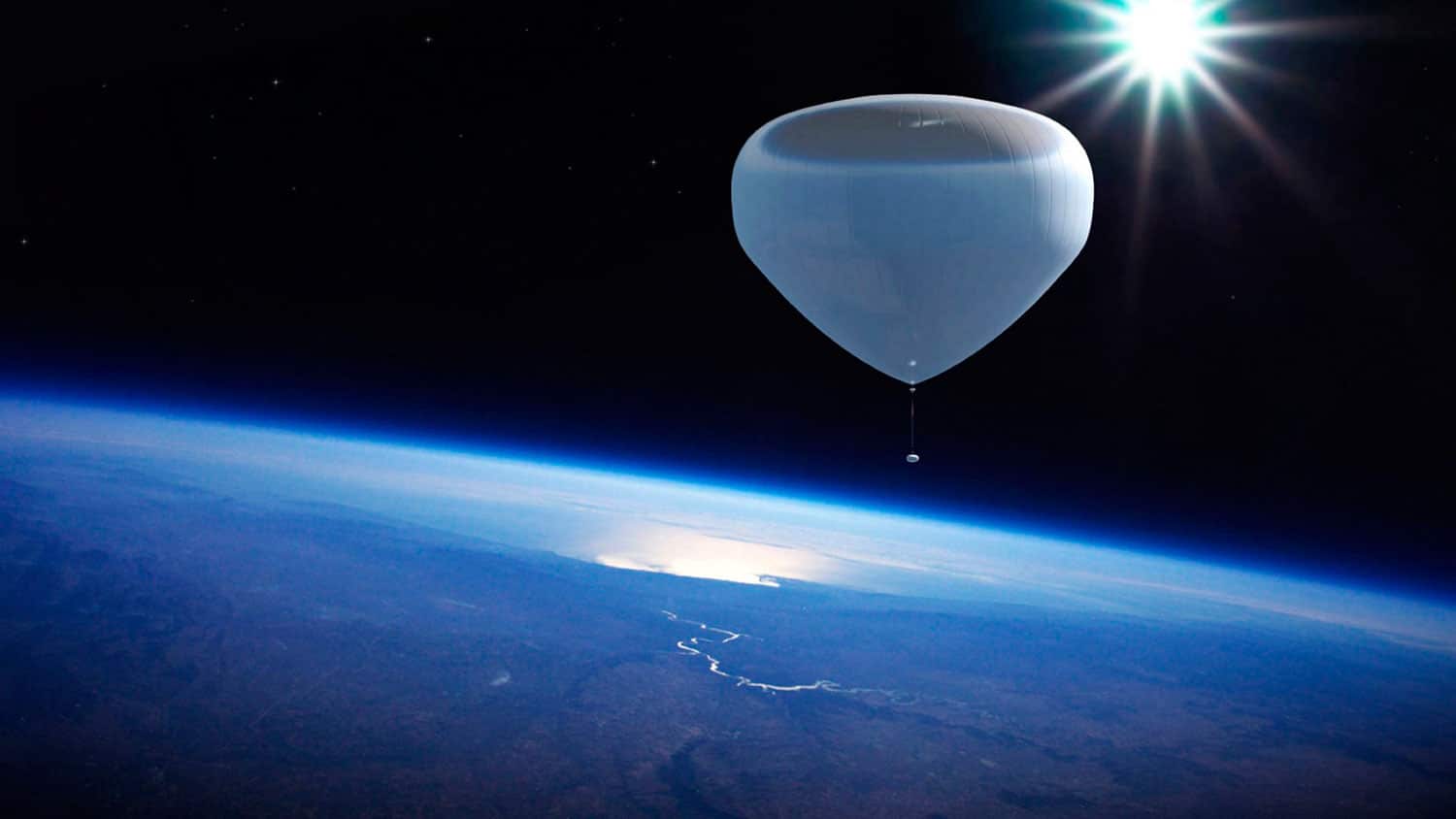🎉 Happy Birthday! 🎉
When you think of celebratory events, like birthdays, you typically think of offering a balloon as a symbol of recognition or gratitude. Even though balloons may seem fun or a nice gesture, have you ever thought about their effect on the environment? Many people don’t think of the environmental impact of balloons, if they did then the number sold per year (California alone sells 45-50 million balloons a year) would be much lower.
📖 Balloon History
According to Macmillion Dictionary, The word balloon likely comes from the Italian word ‘pallone’ meaning ‘large ball’. In the 1570s, balloon was a popular game played using a large inflated leather ball that was kicked or tossed back and forth; by the 1590s, the word balloon was used to refer to the ball itself. By 1784, balloon was also used to describe a ‘bag or vessel filled with heated air or helium so as to rise and float in the air’.
“The famous are balloons far up in the sky, to be envied for their quiet freedom or shot down as enemies.”
(Arthur Miller)
🔭 Balloons in Space

A helium-filled balloon can float very high up into the atmosphere, however, it cannot float up into outer space. The air in Earth's atmosphere gets thinner the higher up you go. The balloon can only rise up until the atmosphere surrounding it has the same weight as the helium in the balloon. This happens at about a height of 20 miles (32 kilometers) above Earth's surface. So, this is as far as a helium balloon can rise. Outer space starts somewhere around 600 miles (960 kilometers) above Earth's surface. However, there are companies, like World View, that announced an expansion of services that includes its new edge-of-space tourism experience, which takes place inside a high-tech hot air balloon. The flights are priced at $50,000 per person, which isn't that bad comapred to other companies that charge $500,000. According to CNBC News, nearly half the people on the planet want to travel to space in some way, shape, or form, so making space travel/tourism would be a great buisnes to get into once we figure out how to efficiently and effectively. Stratospheric balloons aren’t new — they’ve been used for scientific and weather research since the early 20th century. But transporting groups of paying passengers in them is. However, that IS the problem, finding a safe way to get to space in a ballon. For example, In December 2017, a hydrogen-filled balloon exploded at the Tucson, Arizona, under the Worl View Administration. We still have a lot to work on to get to the ultimate goal of travelling to space in a balloon, but we are certainly making progress.
Here's a fun game inspired by FlappyBird!